|
The encyclopedia of design just got a major update
A new edition of ‘1000 Design Classics’ gets closer to reflecting the diversity of today’s design world.

It doesn’t come right out and say it, but 1000 Design Classics is basically a gigantic best-of list. Featuring classic chairs, vehicles, tools, and housewares, the book is a chronological overview of some of the most ubiquitous, elegant, and impactful designs from the past four centuries.
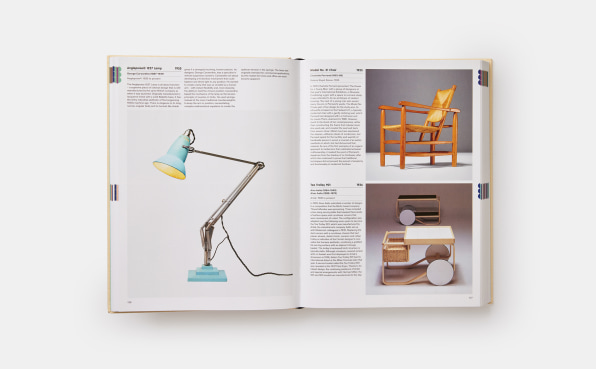
But when the book was originally published in 2006, the work featured—selected by publisher Phaidon’s editors—tended toward a familiar set of designers: mostly white, mostly male, and mostly European.
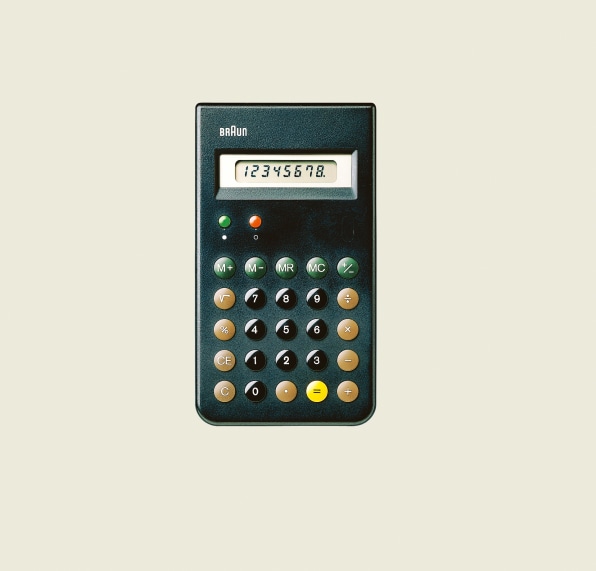
A new update to the book seeks to bring a bit more balance to this encyclopedic collection. The 2022 edition of 1000 Design Classics, out now, has been amended with 100 additional designs from across history, particularly from the past 15 years, that better reflect the diversity of designs and designers who have shaped the modern world.
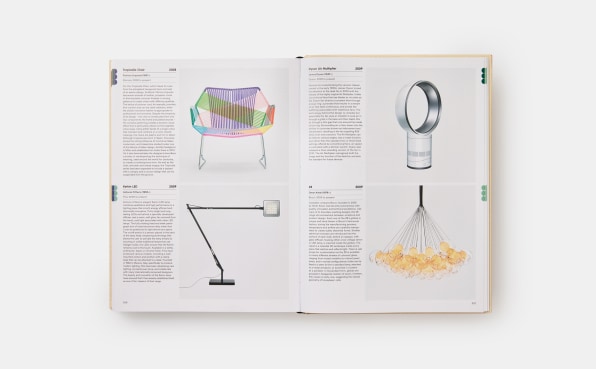
New entries include the neon-colored Tropicalia chair by Spanish architect and designer Patricia Urquiola, the Bata stool by Nigerian Canadian furniture designer Lani Adeoye, and Japanese designer Oki Sato’s farming lamps made out of nets. Other notable additions include a plush armchair by Iranian French designer India Mahdavi, diamond-shaped Kaleido trays designed by Clara von Zweigbergk for the Danish home goods retailer HAY, and the Bird Zero rideshare e-scooter.
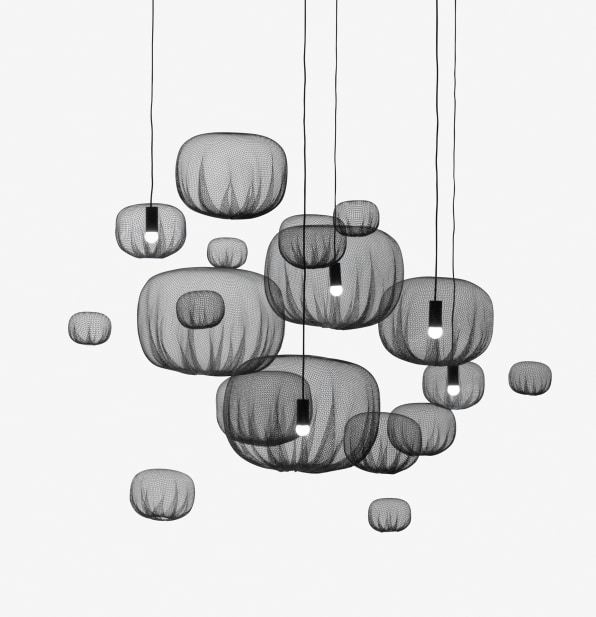
The book’s editorial team explains via email that many of the newest designs added to the book demonstrate an increasing emphasis on sustainability, craft, and renewable energy, such as the Tesla Model S. “Tesla cars transformed the electric car industry, becoming a real alternative option for sustainable travel,” they write. Another example they cite is Little Sun, a solar light designed for global communities who have little access to electricity, produced by artist Olafur Eliasson and engineer Frederik Ottesen. “It shows how simple and beautiful it can be to rely on alternative energy. We believe that good design should improve our life and solve problems.”
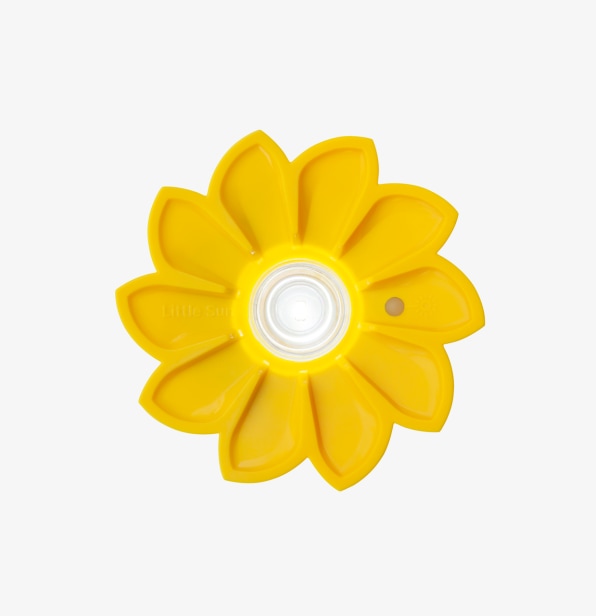
The book is not revisionist history, though, and many of the design classics from the first edition are still celebrated, from the Sony Walkman to the Kodak Instamatic to the Zippo lighter. Some of the designs featured are so common now that their ingenuity can be taken for granted. One prime example: the key ring, an unattributed design dating back to the 1970s. The book’s editors call it “a tiny masterpiece of engineering and utility that nearly all of us carry and few appreciate.”



No comments:
Post a Comment